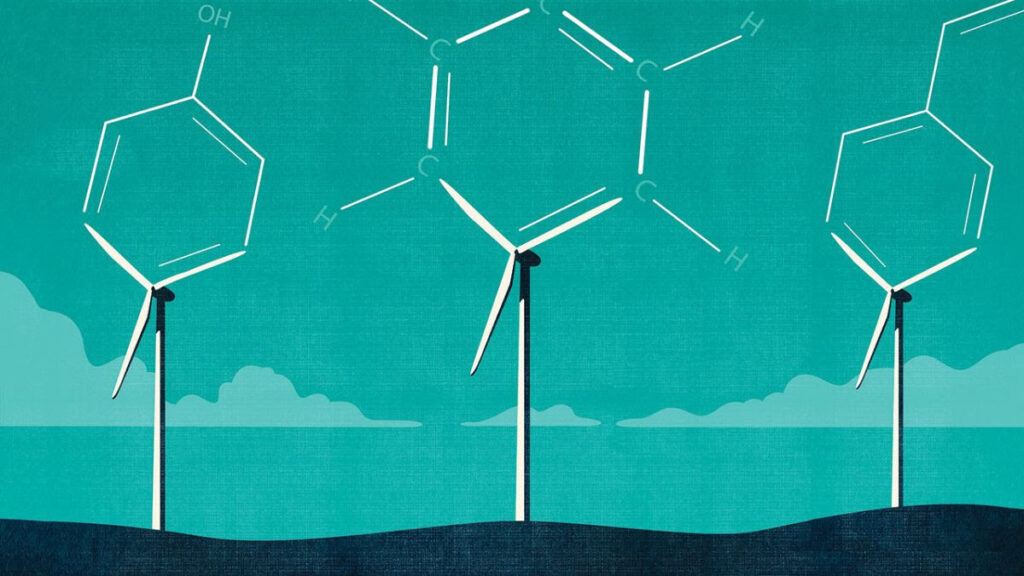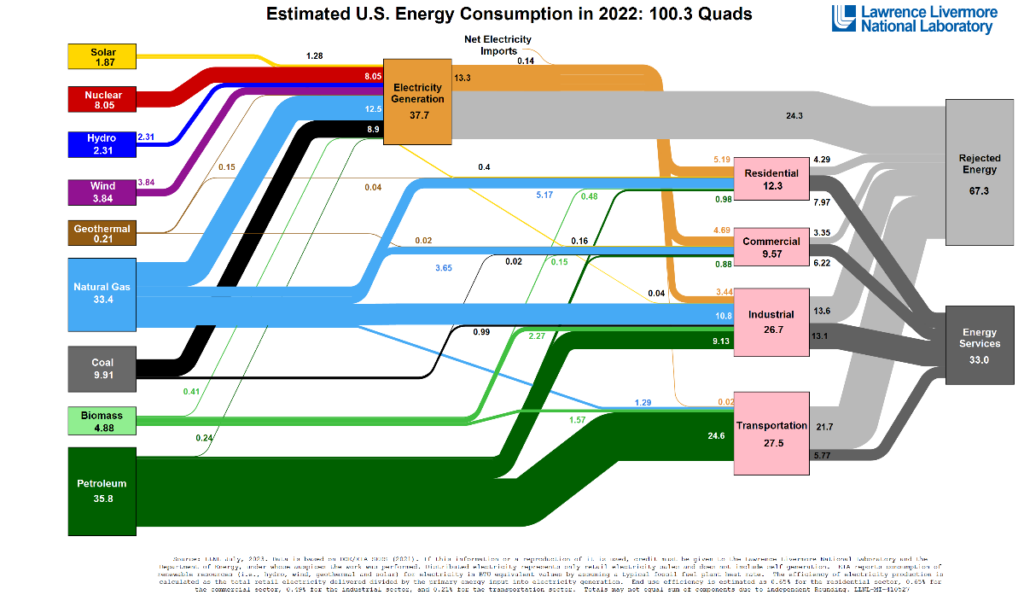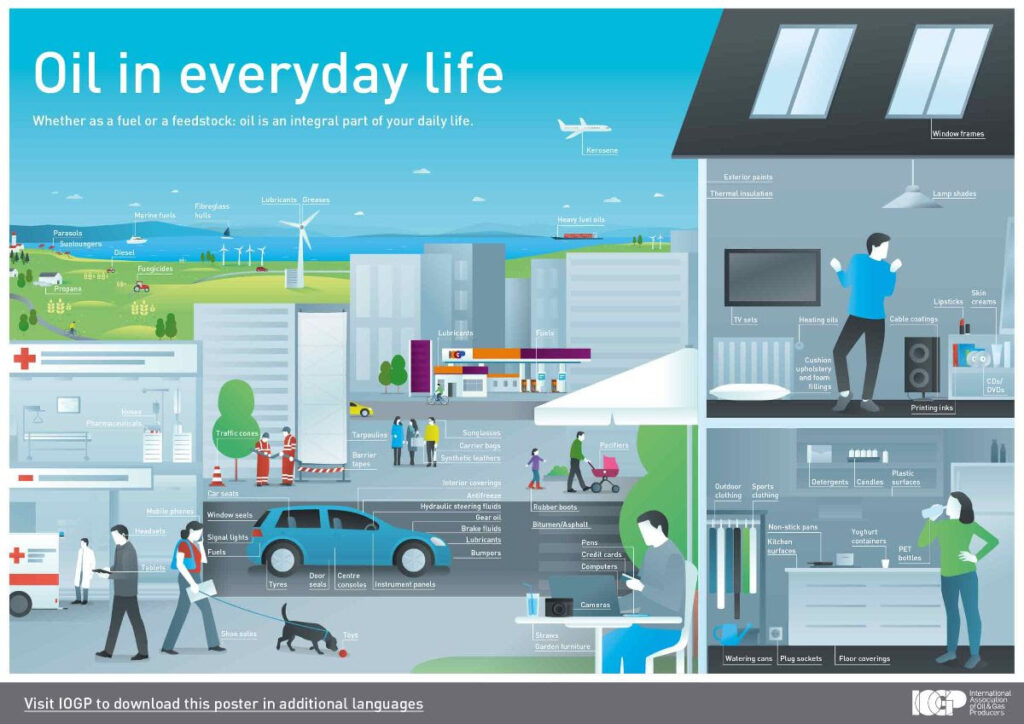
Courtesy of Science
Courtesy of ENERGYminute
See more articles and infographics from ENERGYminute HERE
To better understand how the world can decarbonize energy systems, it’s critical understand the significant and complex role oil products play in today’s modern life. That’s no easy feat. Concisely reviewing the use of petroleum products in 500 words is like deconstructing the Large Hadron Collider with your brunch squad.
Some energy context: Hydrocarbons are the fundamental compounds of crude oil, and the petroleum products refined from that oil make up the largest share of the world’s energy consumption.
The California-based Lawrence Livermore National Laboratory puts out an annual report outlining energy consumption in the US. Summarized in an influential Sankey diagram, the report depicts the country’s energy flows. In 2022, the United States consumed about 100 quadrillion British thermal units (BTUs) of energy. A quadrillion BTUs is also known as a quad.
- For reference, a gallon of gasoline has about 120,000 BTUs and a toaster uses about 100 BTUs in the two minutes it takes to burn your toast.
Of its 100 quads, more than one third of total American energy consumption is petroleum.

Courtesy of the Lawrence Livermore National Laboratory
Going deeper: From left to right, the energy system flows from primary resource (renewable, nuclear, and fossil) to disposition (residential, commercial, industrial, and transportation). The study helps analysts and policymakers better understand where things are at.
- For example, in 2022, 24.6 quads of oil were used for transportation. That is virtually unchanged from the 24.7 quads used a decade earlier.
How it’s used: Refined oil products are integral to most aspects of modern society.
There are obvious uses of petroleum, including transportation, energy generation, manufacturing, and daily essentials. But there are also less obvious, more fabulous uses like bedazzled Crocs and pumpkin spice candles.

Courtesy of the International Association of Oil and Gas Producers
In his book Materials and Dematerialization: Making the Modern World, author Vaclav Smil lays out the four key materials in a modern society: steel, cement, plastics, and fertilizers. Of those, oil plays a key role in the making of both steel and plastics.
Plastics in particular, with applications ranging from everyday clothing to electric vehicle components and clean energy infrastructure, underscore the importance of petroleum-based products.
- Noteworthy: natural gas is the key ingredient used to make most modern nitrogen-based fertilizers.
And more: Those that suffer from headaches (or hangovers), may appreciate remedies like Tylenol and other medicines, which are products of the oil industry. Even commonplace items like cosmetics, eyeglass frames, and many medical instruments owe their existence to petroleum.
Looking to the future: Petroleum products will also play a big role in building out renewable energy infrastructure.
Carbon fiber has a higher strength-to-weight ratio than steel, which is why it’s used to build the enormous blades of contemporary wind turbines. Meanwhile, activated carbon will increasingly be used for batteries, carbon removal technologies, and smart grids.
It’s not all rosy: Oil consumption is also linked to environmental and geopolitical challenges, including air pollution, climate change, and geopolitical conflicts centered around global oil reserves.
As a result, there is a growing demand for sustainable alternatives. But there are no silver bullets. Each use requires its own unique solution, many which don’t exist or aren’t commercial today.
Bottom line: Petroleum products are likely to remain an essential energy source for the foreseeable future.
In the International Energy Agency’s recent World Energy Outlook, its Stated Policies Scenario based on current climate policies has demand for oil peaking this decade. But to underscore its global importance, the IEA has oil demand then dropping just 5 percent by 2050.
Share This:




